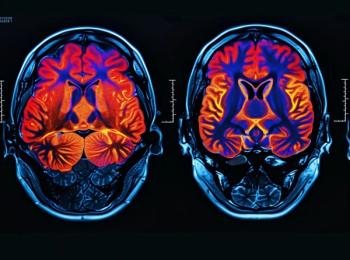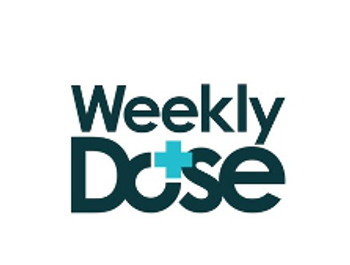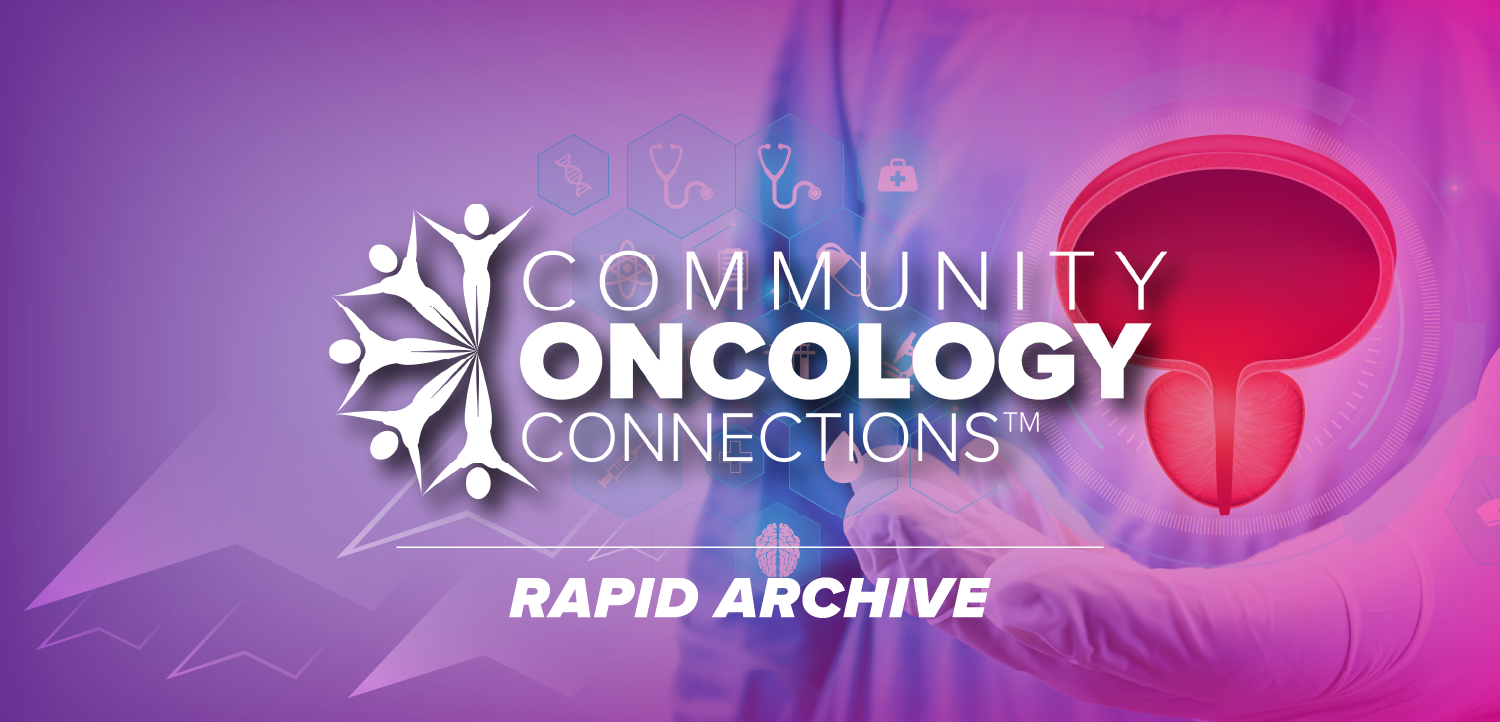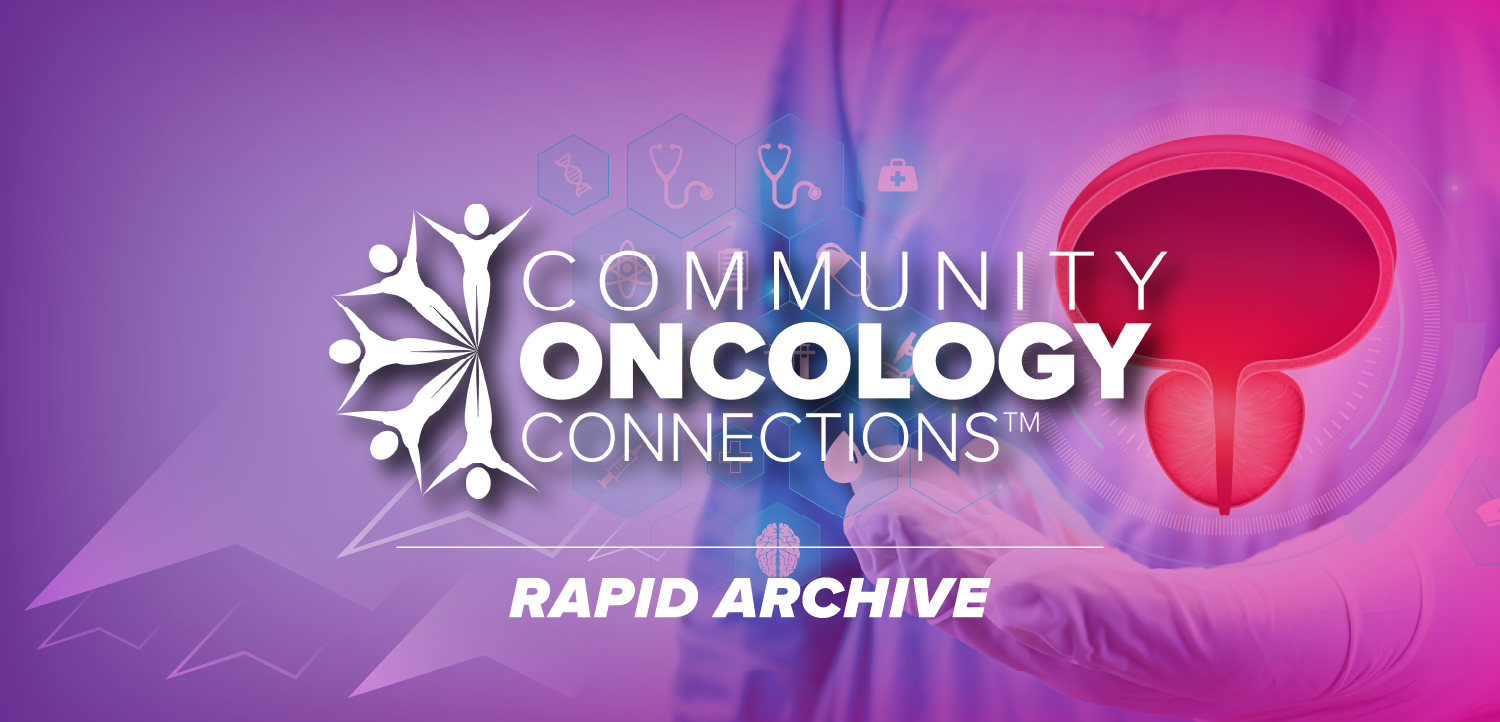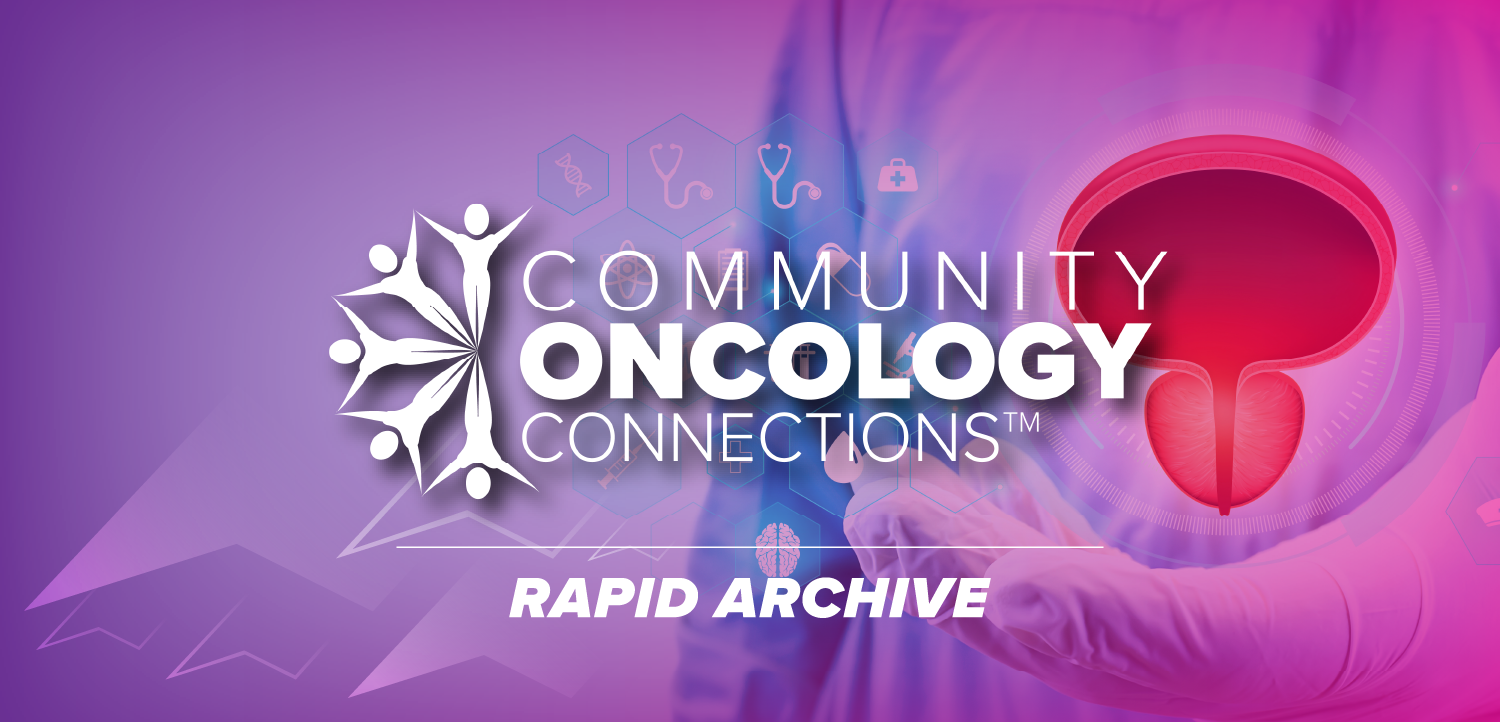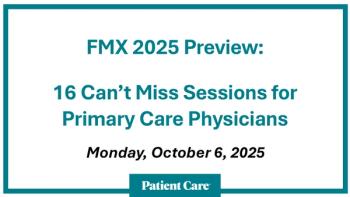
CGM Data May Enhance Prediction of Risk for Type 1 Diabetes in Those with Early Stage Disease
ADA 2024. The risk of progression to stage 3 type 1 diabetes may be better predicted using a combination of patient and CGM data, a new study suggests.
Use of co
The study authors, led by Peter Calhoun, PhD, a biostatistician at the Jaeb Center for Health Research, in Tampa, Florida, also suggested that combining the data sets would allow the most accurate prediction of the risk of disease progression.
Colhoun and colleagues collected baseline CGM data from individuals with at least one positive islet autoantibody who had participated in 5 separate studies (N = 218; mean age 14 years; 54% girls). For inclusion potential participants were required to have a single CGM “wear period” prior to a diagnosis of stage 3 T1D.1
Autoimmunity Screening for Kids, Belgian Diabetes Registry, Diabetes Autoimmunity Study in the Young, Type 1 Diabetes Prediction and Prevention (DIPP), TrialNet Pathway to Prevention
Using the CGM data the researchers constructed 3 predictive models for T1D: participant-characteristics only, CGM data-only, and a model that combined both CGM and participant characteristics. Median follow-up for the cohort was 2.6 years, according to the study abstract.
The CGM-only model classified participants as low, medium, or high risk of stage 3 type 1 diabetes based on less than 10%, 10% through less than 30%, and greater than or equal to 30% probability by year two.1
Among the study cohort, the researchers found 76% were positive for 2 or more islet autoantibodies.
The probability of developing T1D by 2 years was 4%, 17%, and 51% in the low, medium, and high-risk groups, respectively, Calhoun et al reported.
The CGM-only model found that participants who spent more than 10% time above range (glucose levels >140 mg/dL) were at greater risk of stage 3 T1D than those who spent 4% or less time above range (P <.001). A glucose standard deviation (SD) of 20 mg/dL or more was also linked to higher risk vs a SD of 16 mg/dL or lower, the researchers reported. A greater total increase in glucose over time (area under the curve 140 mg/dL) was also linked to stage 3 T1D.1
In a comparison of the CGM- and characteristics-only models, the CGM-only model had a 0.68 C-statistic compared with a 0.62 C-statistic for the characteristics-only model. The juxtaposition indicated that the stronger predictor for stage 3 T1D was the former. In a combined CGM and baseline characteristics model, the C-statistic increased to 0.78.1
"Over the years, our understanding of the relationship between CGM metrics and T1D progression has improved. This data is exciting because now we can say using CGM metrics to classify risk of imminent stage 3 T1D diagnosis is effective," Calhoun said in a press release.2 CGM monitoring can be used to help better identify and monitor the risk of T1D progression, allowing us to reach people who would most benefit from early intervention, Calhoun added. The use of CGM will also help better define participant eligibility for potential prevention trials.1,2
References
1. Calhoun P, Spanbauer C, Steck A, et al. CGM metrics from five studies identify participants at high risk of imminent type 1 diabetes (T1D) development. Abstract presented at: American Diabetes Association (ADA) 84th Scientific Sessions; June 21 - 24, 2024; Orlando, Florida. Accessed June 24, 2024. https://diabetesjournals.org/diabetes/article/73/Supplement_1/74-OR/155863/74-OR-ADA-Presidents-Select-Abstract-CGM-Metrics?searchresult=1
2. American Diabetes Association showcases innovations and guidance for early risk monitoring of type 1 diabetes. News release. American Diabetes Association. June 24, 2024. Accessed June 24, 2024. https://www.prnewswire.com/news-releases/american-diabetes-association-showcases-innovations-and-guidance-for-early-risk-monitoring-of-type-1-diabetes-302179191.html
Newsletter
Enhance your clinical practice with the Patient Care newsletter, offering the latest evidence-based guidelines, diagnostic insights, and treatment strategies for primary care physicians.

